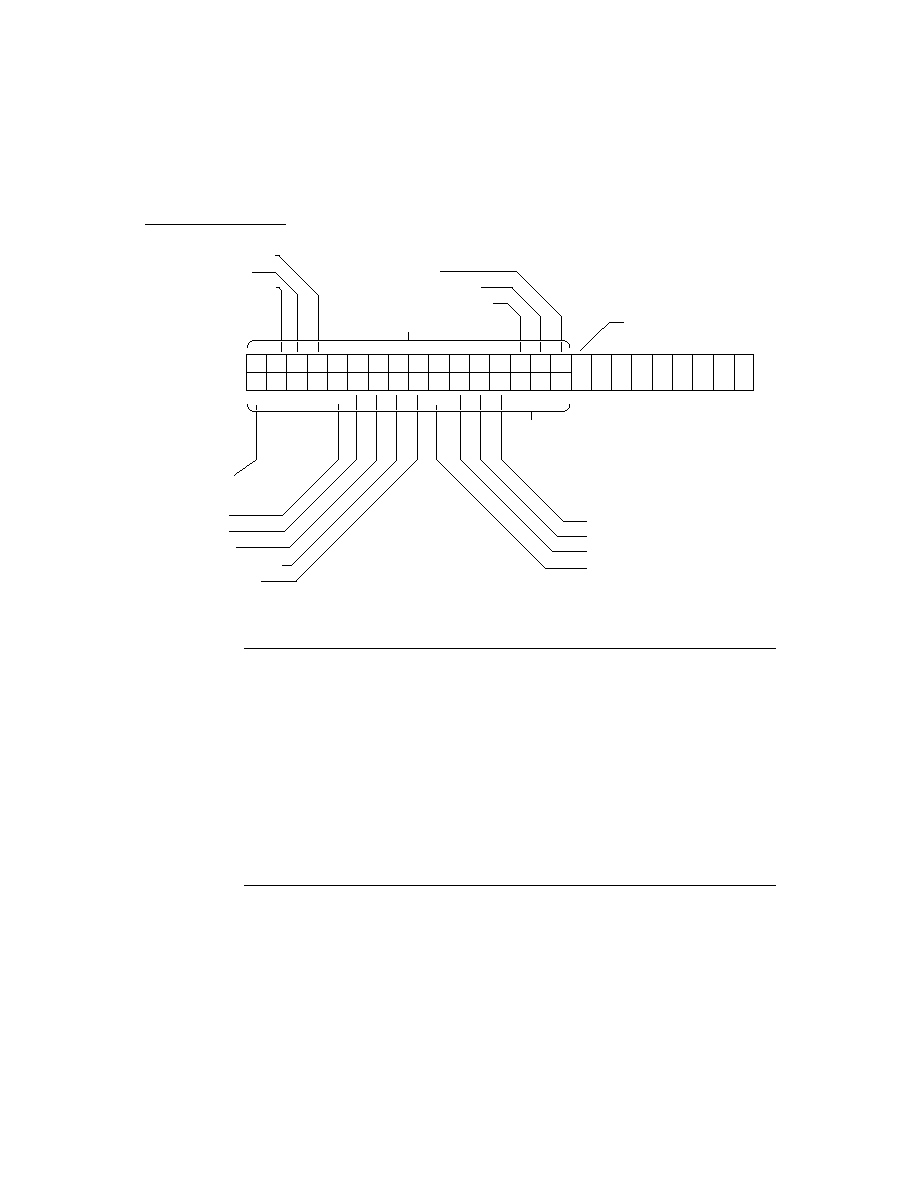
C H A P T E R 2
Getting Started
2-2
Choosing an Application Structure
don't follow the "classic" form-based model. For example, some types of
applications that might use this approach include games, utilities, calculators, and
graphics applications.
applications that might use this approach include games, utilities, calculators, and
graphics applications.
The advantage of using the minimalist approach is that it's simple and small.
Usually you'd choose this approach because you don't need or want a lot of
built-in support from a comprehensive application framework, along with the extra
size and overhead that such support brings.
Usually you'd choose this approach because you don't need or want a lot of
built-in support from a comprehensive application framework, along with the extra
size and overhead that such support brings.
The disadvantage of the minimalist approach is that it doesn't provide any support
from built-in features, like the NewtApp framework does. You get just a simple
container in which to construct your application.
from built-in features, like the NewtApp framework does. You get just a simple
container in which to construct your application.
To construct an application using the minimalist approach, you can use the view
class
class
clView
or the proto
protoApp
as your application base view. The view
class
clView
is the bare minimum you can start with. This is the most basic of the
primitive view classes. It provides nothing except an empty container. The
protoApp
provides a little bit more, it includes a framed border, a title at the top,
and a close box so the user can close it. For details on these objects, see
clView
(page 1-1) and
protoApp
(page 1-2) in Newton Programmer's Reference.
Neither of these basic containers provide much built-in functionality. You must add
functionality yourself by adding other application components to your application.
There are dozens of built-in protos that you can use, or you can create your own
protos using NTK. Most of the built-in protos are documented in these two chapters:
Chapter 6, "Pickers, Pop-up Views, and Overviews,"and Chapter 7, "Controls and
Other Protos." Note also that certain protos in the NewtApp framework can be
used outside of a NewtApp application. For information on NewtApp protos, see
Chapter 4, "NewtApp Applications."
functionality yourself by adding other application components to your application.
There are dozens of built-in protos that you can use, or you can create your own
protos using NTK. Most of the built-in protos are documented in these two chapters:
Chapter 6, "Pickers, Pop-up Views, and Overviews,"and Chapter 7, "Controls and
Other Protos." Note also that certain protos in the NewtApp framework can be
used outside of a NewtApp application. For information on NewtApp protos, see
Chapter 4, "NewtApp Applications."
NewtApp Framework
2
NewtApp is an application framework that is well suited to "classic" form-based
applications. Such applications typically gather and store data in soups, display
individual soup entries to users in views, and allow the user to edit some or all of
the data. For example, some types of applications that might use NewtApp include
surveys and other data gathering applications, personal information managers, and
record-keeping applications. Some of the built-in applications constructed using
NewtApp include the Notepad, Names file, In/Out Box, Calls, and Time Zones.
applications. Such applications typically gather and store data in soups, display
individual soup entries to users in views, and allow the user to edit some or all of
the data. For example, some types of applications that might use NewtApp include
surveys and other data gathering applications, personal information managers, and
record-keeping applications. Some of the built-in applications constructed using
NewtApp include the Notepad, Names file, In/Out Box, Calls, and Time Zones.
The advantage of NewtApp is that it provides a framework of protos designed to
help you build a complete, full-featured Newton application more quickly than if
you started from scratch. The NewtApp protos are designed to be used together in a
layered hierarchy that links together soup-based data with the display and editing
of that data in an application. For many types of applications, using the NewtApp
framework can significantly reduce development time because the protos
help you build a complete, full-featured Newton application more quickly than if
you started from scratch. The NewtApp protos are designed to be used together in a
layered hierarchy that links together soup-based data with the display and editing
of that data in an application. For many types of applications, using the NewtApp
framework can significantly reduce development time because the protos